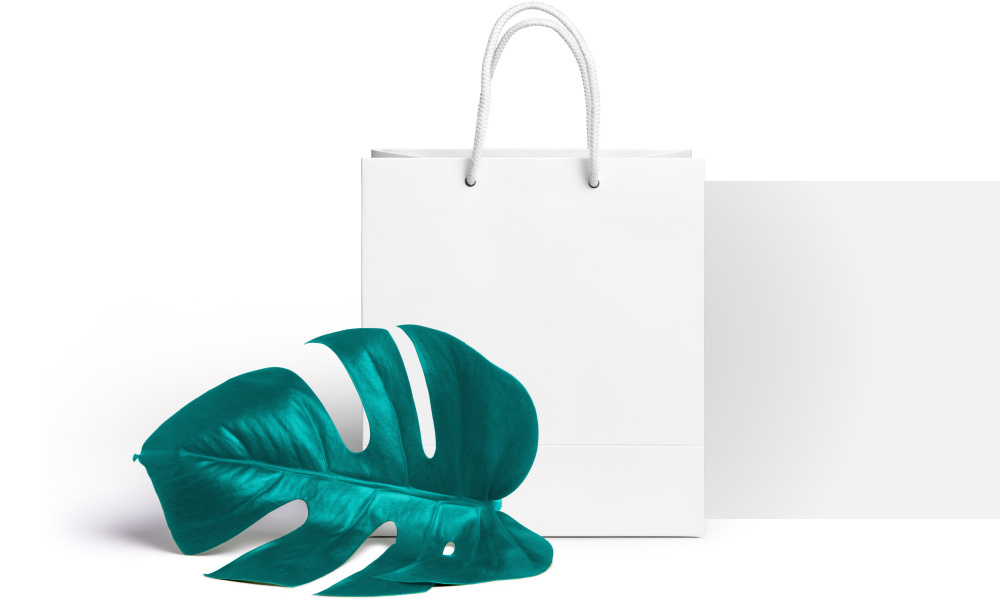- Have a question?
- hu
- en
The demand for packaging – either of food or any other object – was born in favour of protection, storage and delivery.
The prehistoric nomad, gathering and hunting tribes needed something during their long journeys to carry the fruits, vegetables, seeds and berries in. They managed, although without a paper bag.
The need for packaging material is constant to our days but the number of objects we want to cover, store or transfer changed. Today it is an unimaginable amount. Commercial society presents almost every single sold and purchased product in packaging. This is an amazing quantity of packaging material.
In ancient China, during the reign of the Han Dynasty, Cai Lun invented a revolutionary method of paper production which was probably inspired by wasps building their nests. Vegetable fibres, for example, hemp, bark and silk was soaked in water and later the water was pressed out of this pulp. Later a thin layer was pressed from the pulp and dried by the sun.
The earliest noted appliance of paper was the protection of a fragile object. Of course, this was not the paper bag yet.
From the 6th century, tea was packed in paper and the earliest forms of paper bags appeared.
Only later, in 1870 became patented design a flat bottom shopping bag by Margaret Knight.
Paper became the material of cardboard and waxed or waterproof paper also.
When we look back at the prehistoric era we see our ancestors covering their prey or collected food or other belongings in different natural materials. They had the necessity of paper bags, but the paper was not invented yet, so they used animal hides, leaves or a makeshift combination of tree bark and bones.
Like everything else, these primitive packaging solutions changed a lot over time. They had a continuous development and became very complex.
At the beginning of written history, rudimentary baskets and sacks had been made from vegetable materials. These storage solutions were made from the available materials originating from plants or animals.
The first paper-based packaging materials were introduced in the 19th century. There were a thicker and a thinner alternative and later the cardboard and wood fibrer-based packagings. We could not talk about paper bags yet.
In the 20th century boomed plastic packaging which started the great packaging revolution. Today this material became a black sheep – due to environmental aspects. Most companies avoid using plastic and they tend to apply reused papers to their packaging.
Paper is one of the most famous and the oldest type of flexible packaging materials. Although the paper was produced in Chine over 2000 years ago, the production of a paper similar to today’s wood pulp-based material started only in the 19th century on our continent.
Paper sachets, sacks and bags started to spread at the beginning of the 20th century thanks to automatic production lines of glued paper.


Let's step out of dullness! Have a chic paper bag! Would you like to have a more recognizable brand? What are you waiting for? Come on, we help you!
The main guideline of Herend Porcelain is the achievable best quality. So we can present our product to our customers only in paper bags following the highest standards. Main requirements are quality and affordable prices. As we manufacture Hungarian specialities we are keen to work with Hungarian companies. Paperbaggie qualifies to the above-mentioned aspects for more than 10 years.
Róbert Izsó
Purchasing Manager - Herend Porcelain Manufactory
St Andrea Vineyard suggests consumers the goals of their effort from the grape plantations through the winemaking to the packaging. We would like to produce noble, elegant and valuable, original wines. Paperbaggie made paper bags represent similar aspects as we mentioned above. We are glad and happy to use their products to our packaging needs.
György Lőrincz Dr.
Winemaker - St. Andrea Vineyards
We selected flat handle paper bags for excellent value. The products in our shop do not require very durable paper bags. We can promote our seasonal offers in a versatile method, thanks to the many colour and size options and quick labelling.
János Erdei
Business owner
We have been working in the field of paper bag production and distribution for decades and started the business with Paperbaggie at almost the same time. We have a good working relationship, trust toward each other and friendship since then. They produce rope handle paper bags, wine bottle paper bags, wine boxes for us. Our connection in business is more than a customer-supplier relationship, it is a genuine partnership, which has the attributes of punctuality, strict deadlines, and the best possible jobs done by our colleagues.
Andrea Orbán
Executive, Business owner - Orbán és Társa Kft.
© Copyright 2026. Sz.Variáns Kft. All rights reserved!
Branding, website design: Kreatív Vonalak